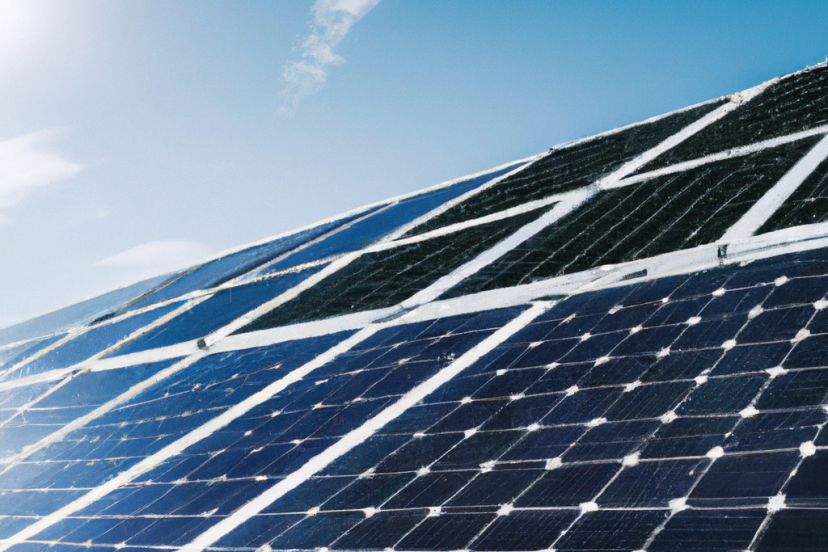How Many Solar Panels To Power A House
As an Amazon Associate, I earn from qualifying purchases, at no additional cost to you. Disclaimer
Imagine living in a home where you could save on electricity costs and equally minimize your carbon footprint, sounds impressive, right? That’s what my article “How Many Solar Panels To Power A House” is all about. It’s a comprehensive guide which breaks down the amount of solar panels required to electrify a home, and believe me; it’s an enlightening piece you don’t want to miss. So prepare yourself to learn, understand and perhaps, make that switch to a cleaner, greener energy source!
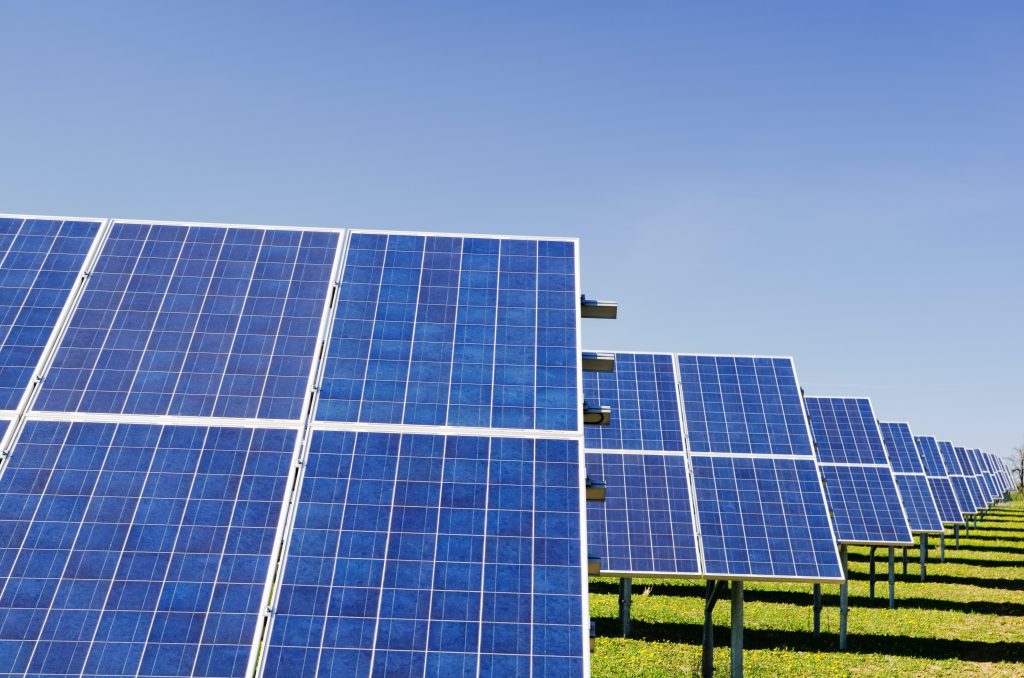
Understanding Solar Panels
What are solar panels
My friends, solar panels are the future, and knowing about them today prepares us for that bright future. So, what exactly are they? To put it simply, solar panels are devices that are designed to capture and convert sunlight into usable electricity. They achieve this using photovoltaic cells, which are strategically assembled to form the complete panel.
Different types of solar panels
Just like ice cream, solar panels come in different flavors, each having its unique advantages and disadvantages. Here we have monocrystalline, polycrystalline, and thin-film solar panels. Monocrystalline panels often sport a sleek black design and offer the highest efficiency thanks to their high-grade silicon. On the other hand, polycrystalline panels are a bit less efficient but are also cheaper. Lastly, thin-film panels are the least efficient of all but can be produced on a large scale quickly and cheaply.
How do solar panels work
Wondering how these incredible devices turn sunbeams into power for your devices? Well, when sunlight strikes the photovoltaic cells on a panel, it excites the electrons in the atoms of these cells. These excited electrons are then pushed through a circuit, creating an electric current which we can use!
Importance of Solar Power
Renewable energy
There’s a reason you and I should hold solar power in high regard. It’s a genuine example of renewable energy. Unlike coal or gas, we can’t run out of sunlight (at least not for another 5 billion years or so). This means that we have a virtually inexhaustible power source directly at our disposal.
Carbon footprint reduction
On my green days, I’m all about doing my part to reduce my carbon footprint, and solar power is just the ticket. By harnessing the sun’s energy, we move away from relying entirely on fossil fuels, which contribute to global warming. Solar panels, on the other hand, produce energy without any harmful emissions, making them a clean power source.
Lower energy costs
My wallet loves solar power too! Over time, solar panels can significantly reduce energy bills. While the initial costs might be high, the savings make it worth it in the long run. In some cases, I’ve even seen people generating excess power, which they feed back into the grid for a credit!
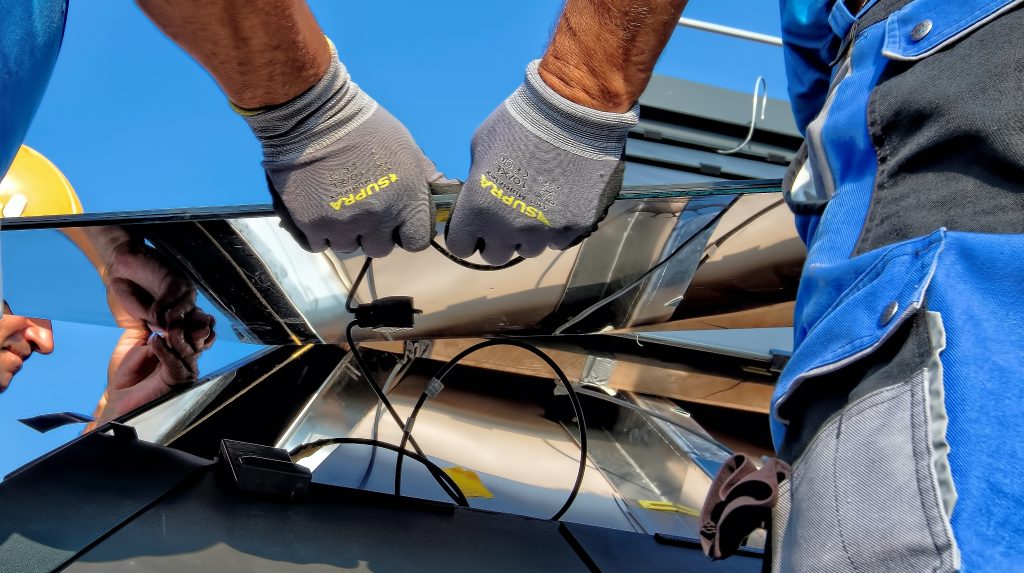
Factors that Affect the Number of Solar Panels Required
Average household electricity consumption
If you’re considering solar power for your home, first, look at your average electricity consumption. Remember, it’s not about the size of your house; it’s about how much power you use. For example, if you run a lot of heavy appliances, you might need more panels.
Sunlight hours in your region
The amount of sunlight your area receives is another big factor. Generally, the more sunlight, the fewer panels you’ll need. But don’t worry, even if you’re in a less sunny locale, technology today ensures that modern solar panels can still function effectively, albeit you may need a few more panels.
Roof size and orientation
The size of your roof, as well as its orientation, also significantly influences the number of panels you can accommodate. South-facing roofs are ideal for solar panel installation in the Northern Hemisphere.
Performance ratio of solar panels
Lastly, the performance ratio of a solar panel affects how many you’ll need. Higher performance ratios mean less space is needed for your solar system. It’s all about how well your panel converts the sunlight hitting it into usable electricity!
Calculating Solar Panels Needs
Evaluating energy needs and consumption
To calculate how many panels you need, you need to evaluate your energy consumption first. This can be done by checking your utility bills for the past year to get an average. Also, consider any future changes that might increase your energy footprint.
How to estimate the number of solar panels
Now, divide your house’s total kWh by the annual sunlight hours in your region and the power rating of the solar panel you’re looking at. Et voila! You’ve got an estimate.
Practical assessment of your house’s solar capacity
Of course, practicality also comes into play. A professional solar installer will assess your roof size, angle, and shading to decide how many panels you can accommodate.
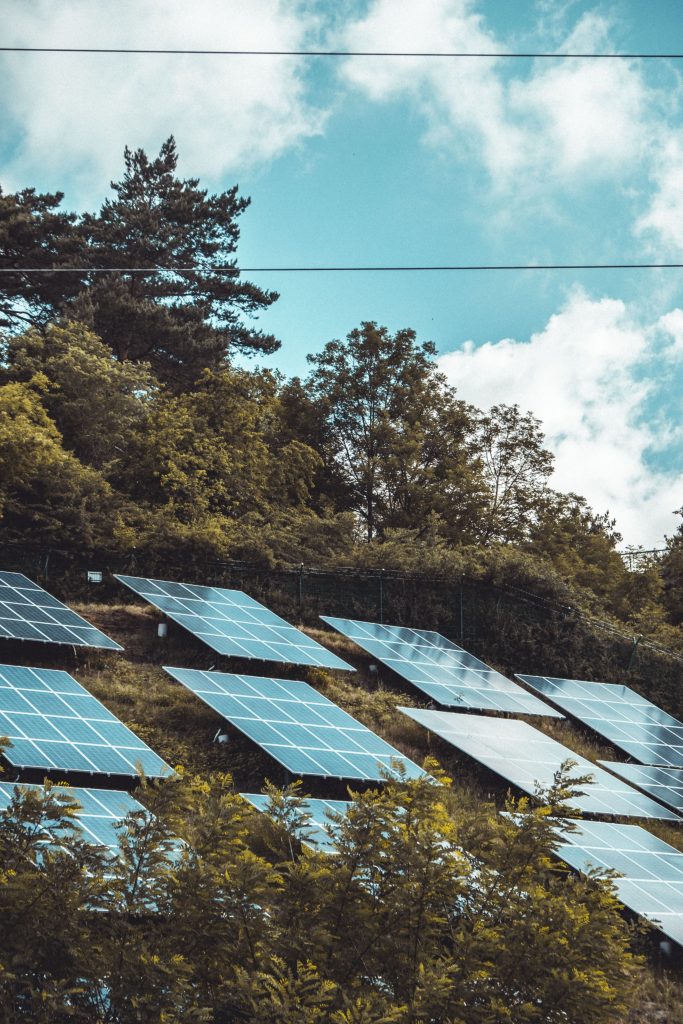
Solar Panel Efficiency
What is solar panel efficiency
Solar panel efficiency relates to how well a panel can convert the sunlight it receives into usable energy. The higher the efficiency, the more power a panel can generate.
How does efficiency affect the number of panels needed
Efficiency can affect the number of panels required. Higher efficiency panels can generate more power, meaning you’ll potentially need fewer panels to meet your energy needs.
Comparing the efficiency of various solar panel models
Solar panel models vary significantly in terms of efficiency. Some models may offer around 15% efficiency, while the top-tier panels may reach up to 22%. So, it’s crucial to compare the efficiency of several models before making a decision.
Different Sizes of Solar Panels
Standard size of solar panels
Solar panels come in various sizes, but a common residential solar panel is around 65 inches by 39 inches.
How panel size impacts the number of panels necessary
The size of a panel directly influences how many panels you’ll need. Larger panels can capture more sunlight and produce more energy, potentially reducing the total number of panels required.
Choosing the right size of solar panels for your home
When choosing your panel size, consider your roof’s size and how much power you need to generate. Ideally, an installer would be best to guide you on the right size that perfectly suits your needs.
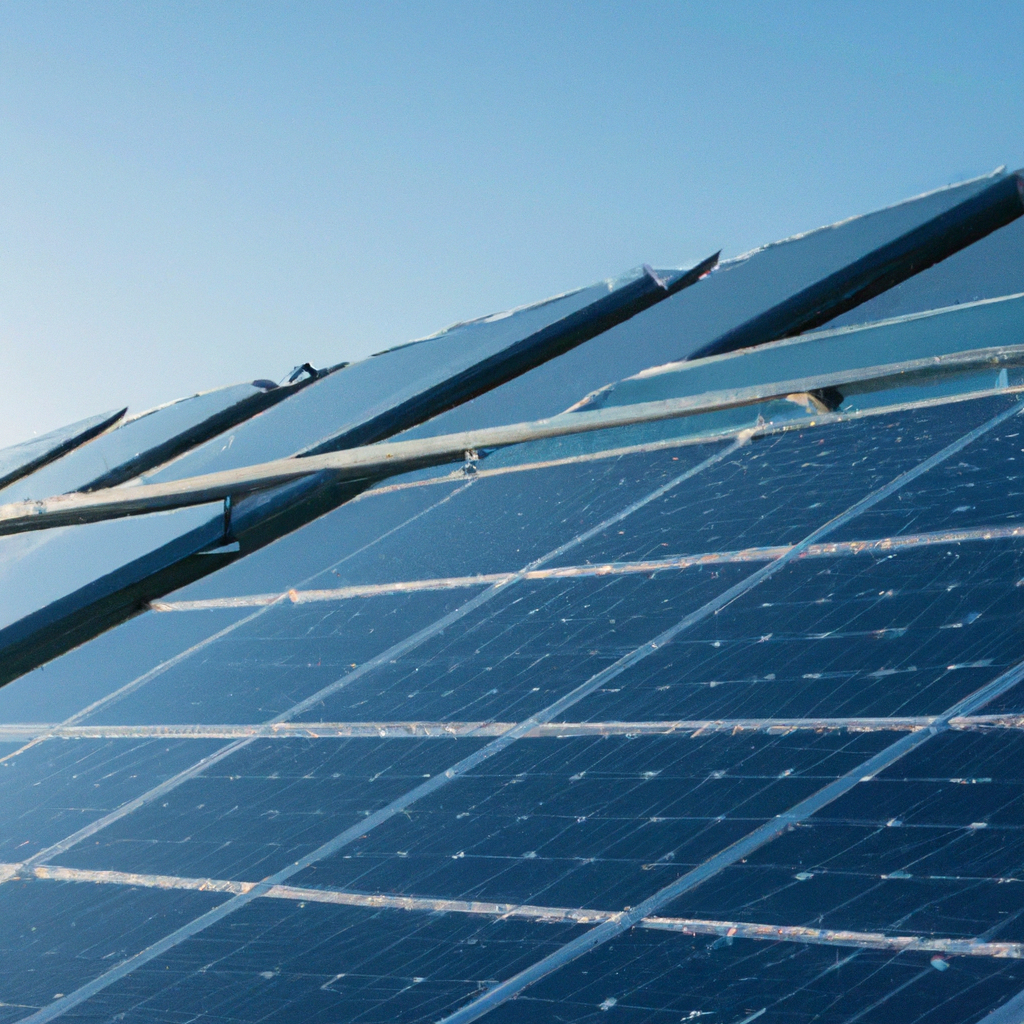
Interconnection and Net Metering
Understanding Solar Interconnection
Solar interconnection is the connection of your solar panel system to the grid. This happens through your power lines and allows you to draw power from the grid when your panels aren’t producing (like at night).
Influence of net metering on the amount of needed solar panels
Net metering is a billing agreement that credits you for the excess electricity your panels produce and send back to the grid. This system can impact the number of panels you install because the excess power production can essentially be stored in the grid for use later.
How net metering works
Through net metering, your electric meter spins backward when your panels produce more power than you’re using. This gives you a credit with the utility company, allowing you to use the same amount of electricity later when your panels aren’t producing.
Cost and Financing of Solar Panel Installation
Total cost of solar panel system
The total cost of a solar panel system depends on a slew of factors such as the system size, the number of panels, and the cost of professional installation. There may also be additional costs for a power inverter, mounting system, and the necessary permits and inspections.
Government incentives and rebates
Governments often offer compelling incentives and rebates to encourage people to install solar panels. These can significantly reduce your upfront costs and offer a quicker return on your investment.
Financing options
You may also find different financing options available to help you with the costs. These can include solar loans, power purchase agreements (PPAs), and solar leases.
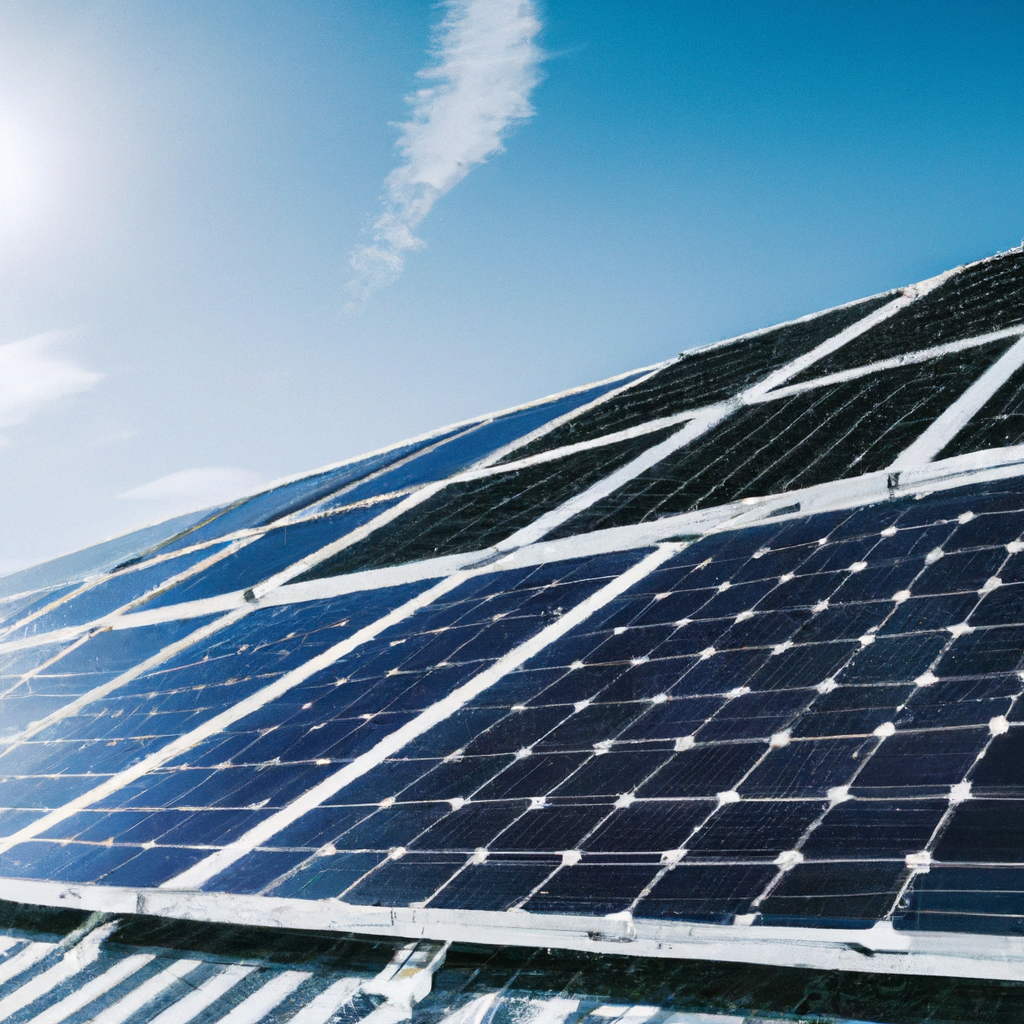
Maintenance and Longevity of Solar Panels
Expected lifespan of solar panels
Solar panels are built to last, my friends! A well-maintained solar panel system may last up to 25-30 years or even longer.
Maintenance requirements
One of the beauties of solar panels is they require very little maintenance. A quick dust now and again and an eye out for any potential issues like shading or obstruction, and you’re good.
Repair and replacement considerations
In case of damage or defects, various warranties can protect your panels. These might cover performance, product, and workmanship warranties.
Cases Studies and Examples
Residential solar panel installations – Real life examples
When we look at the real-world experience of homeowners who’ve made the switch to solar power, we can see the benefits in clearer light. From significant savings on energy bills to heightened self-sufficiency and reduced carbon footprints, the advantages are tangible.
How many solar panels to power different types of homes
Say a typical American home uses about 11,000 kWh per year. In that case, you’ll need about 28-34 solar panels to cover 100% of your energy needs, assuming each panel is around 250 Watts. Of course, these numbers can change based on many of the factors we’ve discussed.
Comparative analysis of solar panel installations
Comparing the experiences of homeowners across different regions can demonstrate the flexibility and viability of solar energy. A homeowner in sunny California might require fewer panels than a homeowner in rainy Seattle, but both can fulfil their energy needs effectively.
In conclusion, powering your home with solar panels depends heavily on your energy use, local sun exposure, the efficiency of your chosen solar panels, and the available roof space. It’s always recommended to consult with a solar installer who can make a detailed assessment and provide an accurate estimate!

